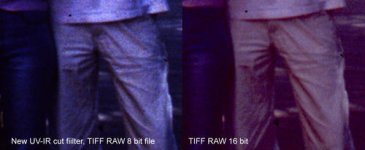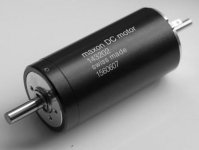onnect17
Established
I hope it's OK to also ask/post some Howtek related stuff in this thread...
...
Is there any benefit in canceling C-41 mask at calibration vs. later in software? How do you mount your film on the drum so that your calibration strip is covered with blank film?
Yes. During auto calibration the Howteks will search for the density corresponding to the white point, before the A/D conversion. You should be able to see a couple of areas/strips 3/4" wide marked in the drum. The first one is typically covered by a white tape, used to calibrate the reflective work. I do not scan any reflective media so I removed it. The second one determine the white point for transparency mode. This area should be covered with the blank film. This helps a little if DPL (and log mode) is not available.
Yes. The easiest way is to ask Aztek for a demo, so you can compare by yourself. After all, you are the one paying $1300.Maybe I've asked this before, have you done (or know of) any comparison of negative scans between DPL (in log mode) and other software (I have Silverfast)? I'd like to get an idea of what to expect from DPL.
It's quite simple but you need the tool. I posted a drawing of it somewhere... can't remember now. I can post it again if you are interested.Also, how much work does it take to check the optical path alignment in 4500? Any special tools required?



